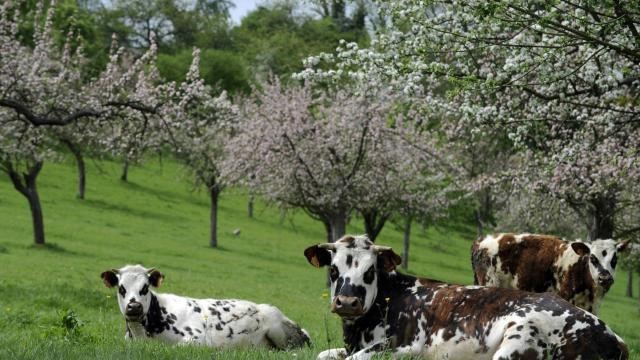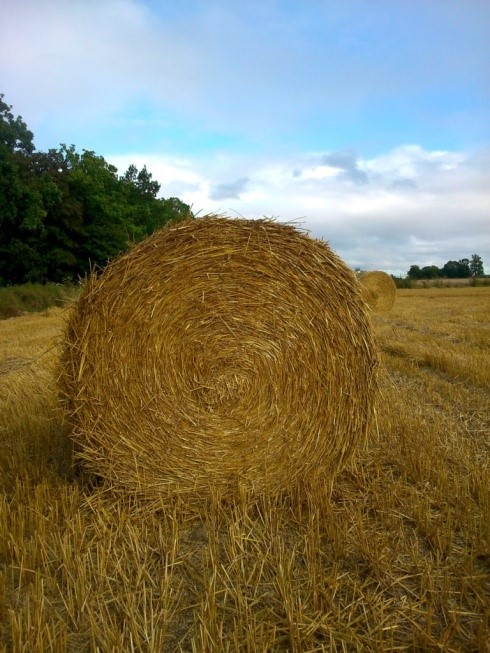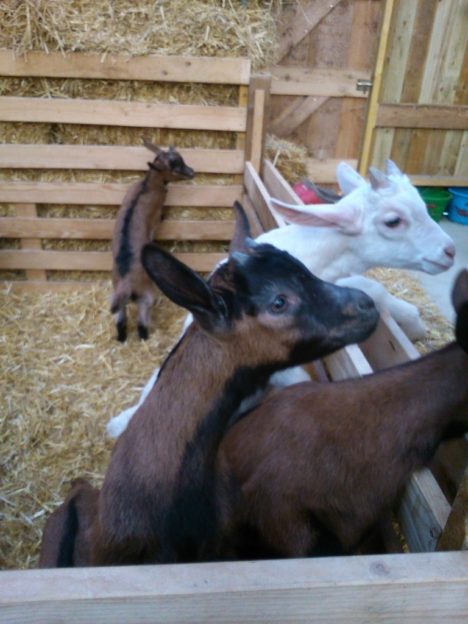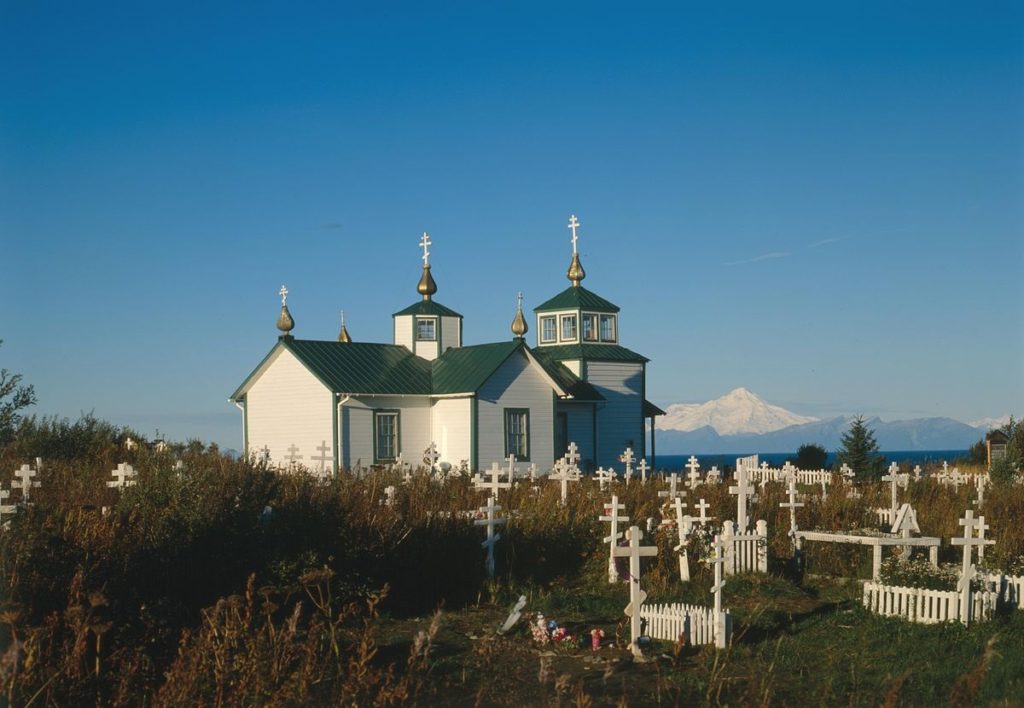[multilanguage_switcher]While the option for farmers to continue using agrochemicals remains open, we all have to remain vigilant. The French Union for the industrial protection of plants, the UIIP, has published an online guide to the safe use of agrochemicals. This guide details which chemical substances can be safely mixed together and used, and which mixtures not. Such guidelines are crucial for our – everybody’s – health.
However, a growing awareness of the perils of these chemicals and the subsequent rising demand for bio products has led farmers in France to switch to bio farming – and rapidly. They are taking advantage of the many tools, financial and other, made available to them by government sponsored agencies and associations.
Bio farming – organic farming – in France is blooming. In 2015, with 1.37 million hectares devoted to bio farming, France boasted the 3rd largest land surface area for bio agriculture in Europe, coming 9th in the world, according to government figures. Throughout that same year there was a growth rate of 23% in the bio sector; new farms were sprouting at the rate of 200 per month. 89%, that is 9 out of 10 people in France were buying bio products in 2015, as opposed to just 54% in 2003. At the end of 2015 France had 28 884 bio farms, and one out of two of them were selling their products directly at the farm, avoiding the expense of the middleman.
Whereas all bio sectors are booming, the most dynamic sectors are cattle, sheep, goat farming, and crops. Vineyards are close behind, seeing an increase of 150 new domains in the first term of 2016.
Normandy
15 % of France’s certified bio cows are in the Region of Normandy. At the end of 2016, there were 1 500 bio farms – all products included – as opposed to 543 ten years earlier, according to experts from Inter Bio Normandie, AgroBio Basse-Normandie et le Grab Haute-Normand who gathered earlier this year in Rouen.

The year 2016 saw a 70% rise in surface areas given over to organic farming. The Eure and Seine-Maritime Departments within the Region are lagging behind. More facts and figures on bio agriculture in Normandy can be found in the 2016 edition of the Observatoire normand de l’agriculture biologique.
Made in France
Over three quarters of bio products consumed in France are ‘Made in France’. Looking more closely at the figures from France’s bio-agriculture agency Agence Bio, you’ll find that no less than 99% of bio eggs, chicken and wines consumed are made in France; 100% of bio beef eaten is French. And figures are rising, particularly for bread: it is estimated that by the end of 2017 French millers will be in a position to produce only bio flour.
The bio sector has produced jobs too: according to figures from Agence Bio – picked up by the government, 100 000 jobs were generated by bio agriculture in 2015: 69 000 farm workers and 30 000 distributers. Another 2000 jobs went to bio-control, counselling, research and training. Many bio farmers have joined forces to tackle the complexities, such as in the North, where a group of ‘employers’ has been created to deal with labour intensive manual weeding needed now pesticides are no longer used to do the job: read ‘Oser le Changement’, La France Agricole, printed version, 3 March 2017, p. 46. Little by little money once spent on agrochemicals will go towards creating new jobs.

Finding others to team up with and share experiences and resources in this relatively new sector is encouraged by the French government via different platforms such as the MAEC – Mesures agro-environnementales et climatique et aides pour la bio, amongst others (see below). Alternative methods to hoeing and ploughing are encouraged, such as choosing the correct cover crops for the inter-season, sowing seeds at later dates to avoid using chemicals. For the farmer, this all requires sophisticated planning and financial help, let alone knowledge and experience.

Training and advice is available through institutions such as EcophytoPic, a collaborative platform born out of a 2009/128 EEC Directive. EcophytoPic discourages the use of agrochemicals and helps not only farmers but all specialists involved in bio crop farming. It is financed by France AgriMer, which operates under the auspices of the French Ministry for Agriculture.
There is also the psychological mountain to climb for those farmers converting from many years of agrochemical farming. Abandoning a work-style of several decades can be daunting. Psychological help, as well as other professional help can be found, for example, in a local ‘GIEE’, farmers and specialists working in the agro ecological sector who have grouped together. GIE stands for ‘Les groupements d’intérêt économique et environnemental,’ roughly translated as economic and environmental interest groups. If such a group doesn’t exist in your area, you can create one. GIEEs were first introduced in 2015 and to date there are now 334 GIEEs in France, with 80 in the pipeline. There are 21 in Normandy, 2 in our region of the Eure which can be consulted online see here and here.

Help and support can also be found in agricultural development groups such as GDAs, ‘Groupements de Developpement Agricole’. We have one near us: Comité des agriculteurs des boucles de la Seine.
There is also the Association B.A.S.E. which was started in Brittany, and which now has a branch in England which you can consult online here.
Administrative delays lead to dire financial needs in the sector
Even if, for 2016, Agence Bio announced a 20% increase in bio products and a 12% increase in bio farms, bio farmers are in dire financial straits while they await promised financial aid. Diminishing regional budgets and administrative delays – up to two years in some instances – are exacerbating the sector. The French bio farmers Union Fédération nationale d’agriculture biologique (Fnab), and other agricultural Unions have given warning.


















